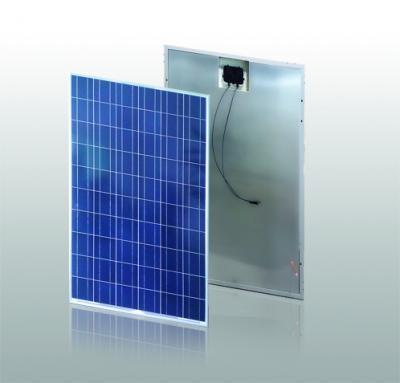efficientPV
Solar Addict
- Joined
- Sep 24, 2019
- Messages
- 1,343
I think the issue is the tank is too large. Stratification is your friend. Having a tall smaller tank like 40 gallons would give you faster recovery. An extra large tank like 120 gallons is good for long term storage and tempering tank. That is far too much water to heat with a small lower element. Lower section doesn't have a penalty because there is very little heat loss due to temperature differential. Unfortunately, tanks with more than two elements are rare. I have a 40 gallon tank just for laundry operating at only 500W and 1 to 2KWH with stratification definitely works well. House has used a small 6 gallon point of use being fed by another the other tank works well.New member here, but figured I'd share. I live off-grid in a very cloudy location (Big Island Hawaii). One of my goals when setting up our ~10kW setup was to not ever have to mess around with a generator (we have none). As such, we are dramatically oversized for our fairly modest electrical needs on ~85% of the days and since there's not grid any power that could be made after the batteries are full is just lost. So... that energy is basically free to put to use in some fashion and we chose to dump it into a 120 gallon water tank that has a 120V x 2kW heating element on the bottom and a 240V 2kW heating element on the top. My outback charge controller turns on a relay to put ~55V battery float voltage to the bottom element, which makes ~420W at that voltage. This relay is only on while the batteries are at the target voltage so it automatically comes on in the morning around 9am and goes off around 4-5PM (I did say I was oversized!). Up top, I have a mechanical timer set for the hours of 10-3 that puts 120V from my inverter in to the 240V AC element (which runs around 500W at that voltage). That top element regulates temperature and is only on about an hour a day from what I can tell. I found that even without any hot water usage, the bottom element won't push the water temp much past 120F so the system needs both the do the job. My wife and I have enjoyed domestic hot water from this system for 4 years now. However, there are a couple weeks a year where the PV is right at the limit (winters can rain for weeks on end here) and for that we do unplug the top element (off the inverter) and just live with luke-warm showers. Batteries are just (8) 8D AGMs at 48V, but it works fine for us.
In the off season when AC is not used for the upper element, I'd be connecting to the lower element. Many have the upper element on a plug so they can switch back and forth. That extra 100W doesn't seem like much, but that will really bring up the temperature. 900WH will raise 6 gallons up 60F and you already have pre heated water.
Last edited:






